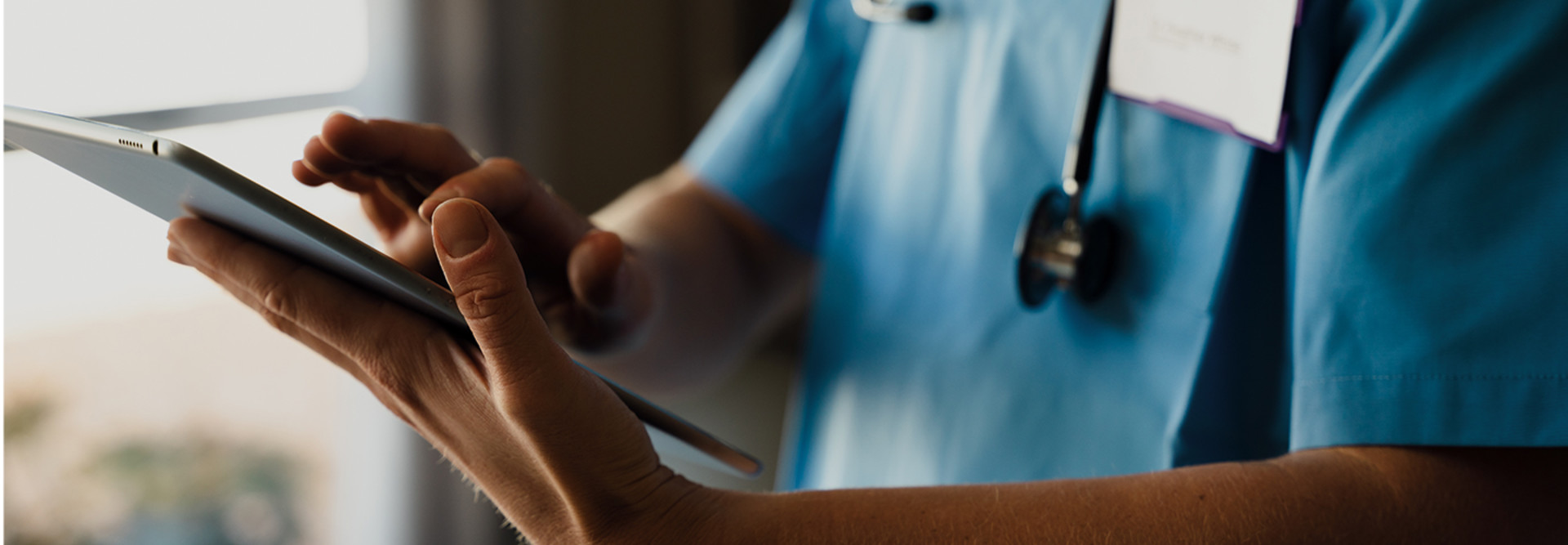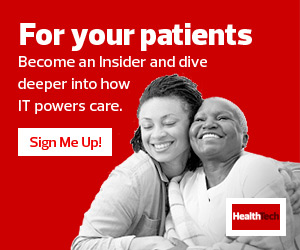Improving Patient Experience Requires Communication and Structure
“There’s so much literature out there in the world of patient experience that supports that nurse leader rounding and visiting patients every day is one of the strategies you can use to drive success, improve HCAHPS scores and improve experiences,” says Leggio. “Without technology, we say we’re doing that, and we hope we’re doing that, but the information we gather is circumstantial, singular and only as good as someone’s memory. That’s problematic in nature when trying to have a process improvement approach and trying to quantify and analyze data to find out what our patients are actually telling us.”
Leadership at Lenox Hill knew the process of visiting people would stay the same, but they needed a tool to help capture data and structure those visits while keeping interactions unique. Staff members wanted to know what they didn’t know, says Leggio. It can be weeks before hospital staff see results from an HCAHPS survey, and by then there’s not much the hospital can do to rectify a bad experience. Digital rounding technology allows Lenox Hill to address problems in real time.
READ MORE: How mobile devices are meeting the soaring need for care.
“We can understand what the patient is saying and start to anticipate their needs, allowing us to be proactive rather than reactive,” says Leggio.
Leggio says the hospital created separate rounding scripts for nurse leaders, key surface facilitators, the experience team, the food and nutrition team, and environmental services team. The app can filter patients by name or room number, but Leggio says staff members prefer to filter by the last time someone rounded on a patient.
“We’re all using the same tool, so everyone can see who rounded on a patient previously and what was discussed. It looks like we’re talking to each other, and that’s because we are,” he says. “Nurses’ shifts overlap by half an hour, so they can transfer vitals and medication information. That’s the clinical safety protocol, but we needed a version of that for the person protocol, which includes making sure patients are comfortable.”
Including Users Early On Is Key to Successful Tech Implementation
Leggio’s team began the rounding platform implementation by speaking with nurses about why they round, what they do while rounding, what would make that process easier and what would make it more difficult.
“The most important thing isn’t the technology itself but what it enables you to do,” he says.
Nurses gave their input on how to build the script, the questions that would be asked during rounding and how the escalation process would work.












